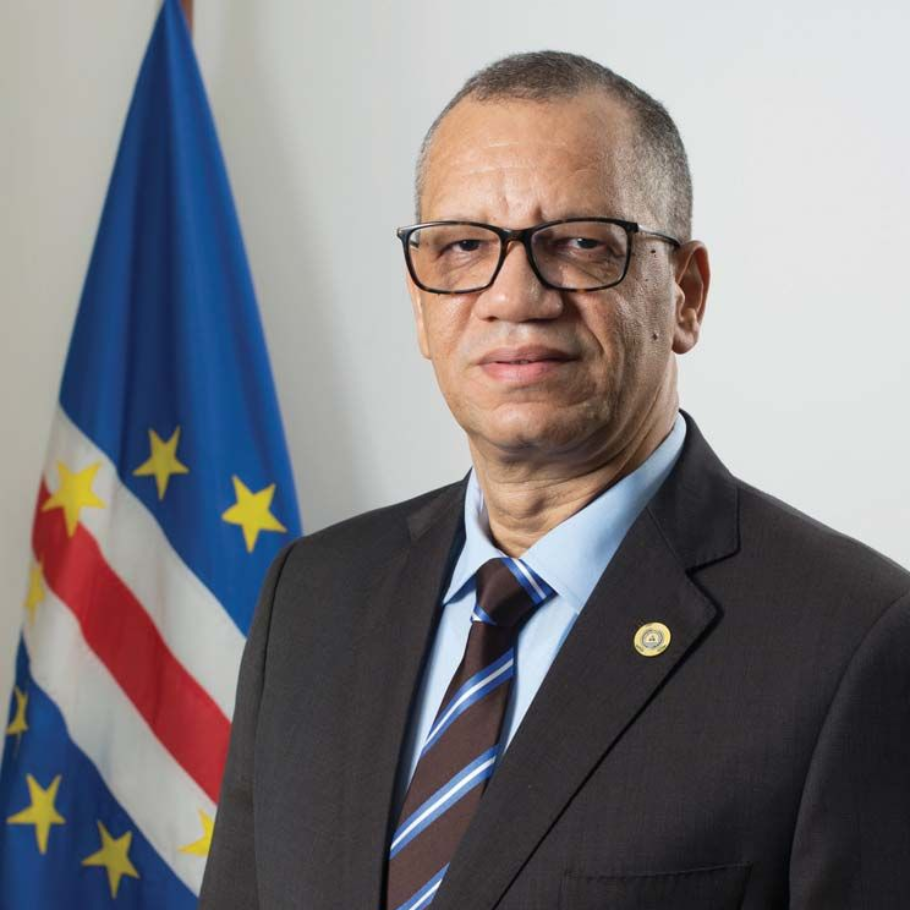Cape Verde’s Renewable Drive

Alexandre Dias Monteiro, Minister Of Industry, Commerce, And Energy
Cape Verde has operationalised its largest solar plant on Sal island and launched a tender for a 10 MW solar project in Praia. How do these initiatives align with Cape Verde’s goal of achieving over 50% renewable energy penetration by 2030, and what opportunities do they present for investors in the re-newable energy sector?
We have abundant wind and solar potential year round, but the main challenge lies in technology and financing specifically, transforming these intermittent sources into reliable electricity and building the necessary infrastructure to shift from a fossil-based to a renewable energy matrix.
Our strategy focuses on achieving this transition in a sustainable and affordable way. That means we must ensure not only efficient investments but also efficient financing models. Overall, we estimate that Cabo Verde will need around €500 million in investment by 2030, covering production capacity, grid improvements, and energy efficiency. Of this, 60% is expected to come from private investors. To support affordability, we rely on blended financing–a mix of private capital, concessional public funds, and grants–which helps lower the cost of energy production.
Since launching our renewable energy plan in 2018, we have seen a strong and growing response from the private sector. At present, renewable energy accounts for around 20% of our electricity supply, though it fluctuates. Projects already completed and those coming online this year are set to raise that to approximately 35%. We also have a solid pipeline of initiatives aligned with our 2030 horizon, putting us firmly on track to exceed 50% renewable penetration.
Storage technologies are essential to be able to make the energy transition. How is the government encouraging investment in energy storage, and what are the prospects for public–private cooperation in this area?
Yes, storage infrastructure is essential given the intermittent nature of our energy sources. We have sun during the day but need energy at night, so the solar energy profile alone justifies investment in storage. We have a clear plan that guides our investments in both capacity and technology - ranging from conventional batteries to solutions like those deployed on Santiago Island, which accounts for nearly 50% of national energy consumption.
We are also advancing with a pumped storage solution, essentially water storage, that will provide up to 160 MWh of capacity. It is a major infrastructure project, and like other key initiatives, it is being driven initially by public investment.
In parallel, we are investing in conventional batteries across several islands, including here in Praia on Santiago. These projects involve both public and private players. Batteries are not only useful for storage, but also for stabilising the grid. We offer the same investment incentives for battery infrastructure as we do for wind or solar generation.
Beyond fiscal and customs incentives, what truly strengthens the investment environment is our political and economic stability. These are long-term projects–often structured as public-private partnerships with 15- to 20-year contracts–so a stable framework is vital. We operate under a fixed price model set by the regulator, with a ceiling and competitive bidding. The law also anticipates price reductions over time, especially after the first 10–15 years. Without stability, risk increases, and so do initial prices. Our stable environment helps keep those risks and costs down.
We also have a regulated energy market overseen by an independent body. This ensures transparency and gives investors the confidence that they will recover their capital. Together with our strategic energy plan–which outlines goals for production, storage, and grid development–these elements provide predictability and foster investor trust. All are part of the broader effort to realise our energy transition.
How is Cabo Verde aligning its energy transition with industrial development and broader economic goals?
Much of what we are doing in the energy transition is closely linked to our broader strategy of positioning Cabo Verde as a hub for green industries supported by green technologies. We are laying the foundation to attract such industries, and part of this involves evolving toward green hydrogen, which we see as a viable energy solution for industrial applications.
For example, we are working to reduce food imports by increasing domestic production and processing, particularly to serve our tourism sector. This is supported by integrated programmes that combine agriculture, renewable energy, and water management. By changing our energy matrix, we also reduce our reliance on fossil fuels, which currently account for around 14% of our imports.
Our strategy is about more than sectoral plans–it is a comprehensive development approach grounded in our Sustainable Development Strategy. This strategy ensures coordination and alignment across sectors, especially between energy, tourism, and digital infrastructure. Sustainable tourism, in particular, has become a strong accelerator of the energy transition.
Ultimately, our ambition is clear: to achieve sustainable, inclusive growth by 2030–more jobs, more renewable energy, less dependence on fossil fuels, and greater resilience. Strengthening the confidence of private investors through coherent planning and coordination across sectors is fundamental to reaching that goal.
Read the full report on Cape Verde in Global Investor 2025
